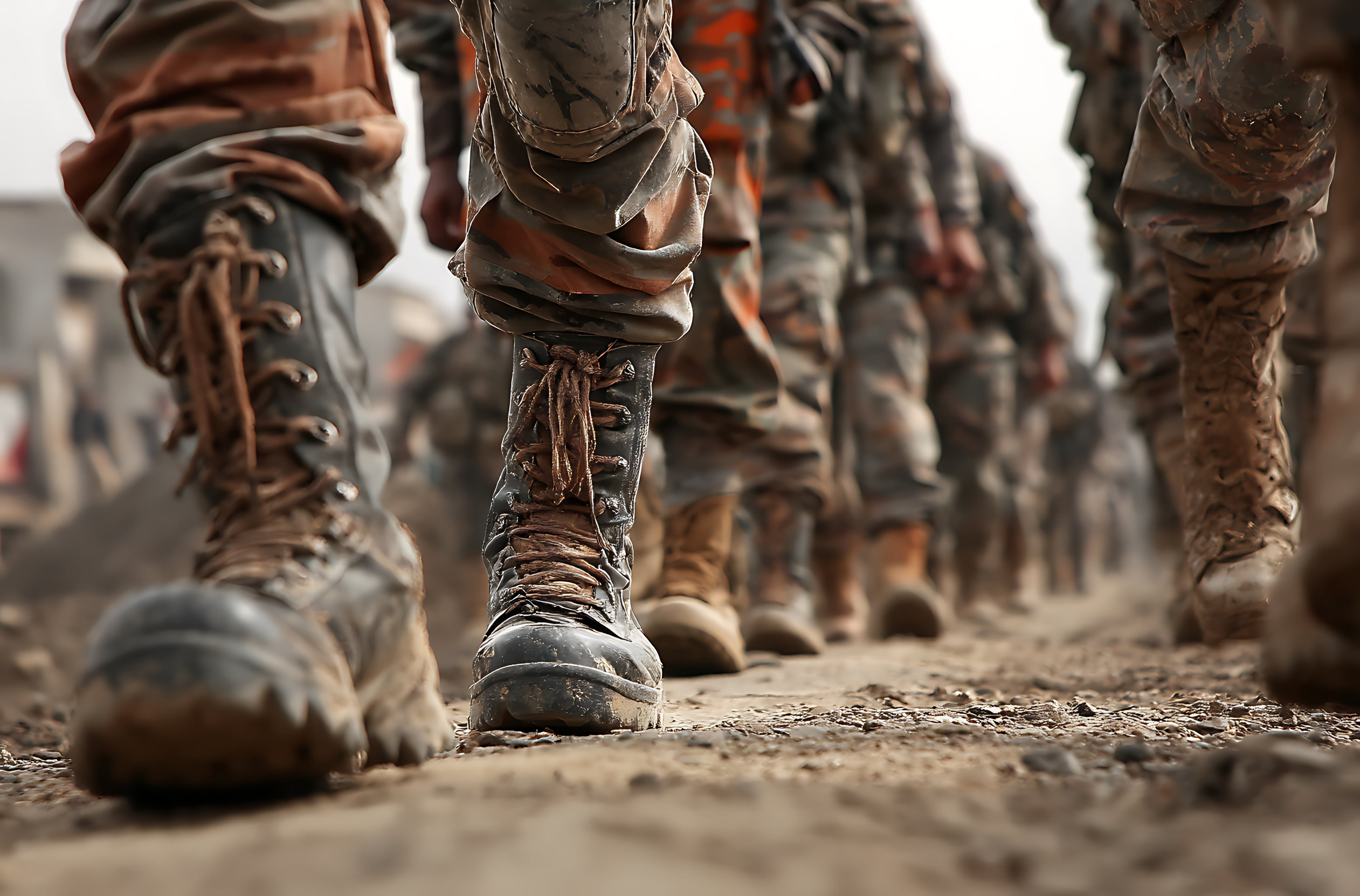
by Matt Weik, BS, CSCS, CPT, CSN
Remember back in school when we would haul around heavy backpacks? You were basically rucking back then without ever knowing it.
Fact is, humans have been walking with weight for the longest time. If you want to transform your evening stroll into a full-body workout, rucking is the solution for you. Rucking gives you a great way to get numerous benefits of walking with weight.
Rucking is a modern twist on the age-old practice of walking with weight. Adding a weighted backpack to your walk or hike transforms a basic activity into an effective, low-impact workout. It offers a middle ground between walking and running, providing the benefits of high-intensity exercise without the strain.
Rucking burns calories, strengthens muscles, and improves cardiovascular fitness, which makes it a great option if you’re looking for a challenging yet accessible form of exercise.
Whether you’re a fitness novice or a seasoned athlete looking to shake up your routine, rucking offers a unique blend of simplicity and effectiveness that’s hard to match. There are many people out there who have seemed to make this form of exercise “cool” — one of them being Andy Frisella.
In this article, we will dive deeper and learn more about rucking and all the benefits you can experience.
Disclaimer: This article is for informational purposes only and is not meant to treat or diagnose any condition. It is recommended that you speak with your doctor before starting any exercise program, changing your daily nutrition, or adding any supplements to your regimen.
What is Rucking?
Rucking is a low-intensity cardio workout that involves walking or hiking while carrying a rucksack.
At first, it was used in military training, and now it has become a popular exercise trend this year. This exercise combines cardiovascular benefits with the added challenge of weight-bearing. The extra load enhances the intensity, improving strength, endurance, and stamina. Rucking is versatile, as you can do it on various terrains, from urban sidewalks to nature trails, and it can be adjusted to suit different fitness levels.
6 Benefits of Rucking
Rucking has numerous physical advantages, but below are some key benefits to get you started.
As you begin your rucking journey, you will see some specific improvements that are ideal for your body, yet there are common benefits that everyone can look forward to.
1. Improves cardiovascular health
When people think of cardiovascular fitness, high-intensity exercises like running or cycling often come to mind. However, rucking offers a low-impact alternative with significant heart health benefits.
Carrying a weighted backpack while walking boosts your heart rate and circulation, which improves cardiovascular endurance over time.
A study revealed potential sex-specific differences in how men and women respond to rucking in terms of cardiovascular performance. However, for both genders, rucking was shown to enhance muscle power and reduce perceived effort during exercise.
The additional weight increases the effort needed to maintain your pace, making it a more challenging workout. Also, rucking can be easily adjusted to match your fitness level to suit individuals of all ages and abilities.
2. Improves strength, endurance, and posture
Rucking is an effective way to build strength, endurance, and posture.
Research from 2019 showed that participants experienced improvements in muscle power and oxygen intake after just 10 weeks of rucking. Additionally, they reported feeling less exertion during their workouts.
Rucking is excellent for building strength in your back and shoulders. As you ruck, you’ll feel these muscles working, and some soreness may follow after your initial sessions. Strong back and shoulder muscles are crucial for preventing injuries, especially as we age.
The benefits are not only visible but practical — tasks like carrying groceries, mowing the lawn, or moving furniture become much easier when these muscles are strong.
In addition to boosting strength, rucking also promotes better posture by pulling your shoulders back as you walk. Your back, shoulders, and neck will thank you for taking up rucking.
3. Benefits older adults
Rucking is particularly beneficial for older adults.
Research indicates that it can improve muscle power in seniors, which may prevent sarcopenia and other muscle-related issues that increase the risk of falls and injuries as people age.
4. Weight loss and calorie burn
Rucking is an excellent exercise for anyone looking to lose weight or maintain a healthy body composition. The combination of carrying extra weight and the effort of walking or hiking creates a workout that burns significant calories.
The number of calories burned while rucking depends on factors like your weight, speed, and the terrain. For instance, a person weighing around 150 pounds can burn between 400-600 calories per hour — not bad at all.
Adding weight to your walk increases the energy required to maintain the same pace, which means more calories burned compared to walking without weight.
5. Boosts mental health
Rucking not only boosts your mental health like any exercise but also allows you to enjoy the outdoors. If you’re like me, I love the outdoors and surrounding myself in nature.
Being outside in fresh air and sunlight can enhance your mood, and when combined with the social aspect of rucking in a group, it creates a powerful mental health benefit.
6. Good for bone health
Carrying extra weight while walking can improve bone density and help prevent bone loss as you age. This is particularly beneficial for women after menopause, as it supports stronger bones and reduces the risk of osteoporosis.



